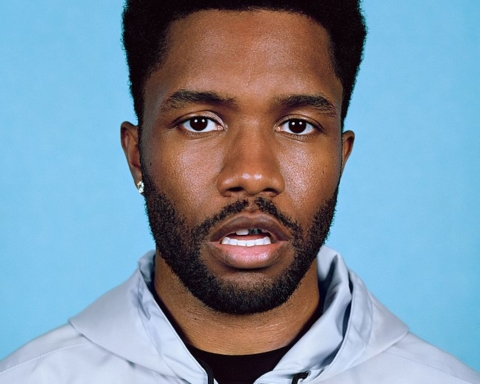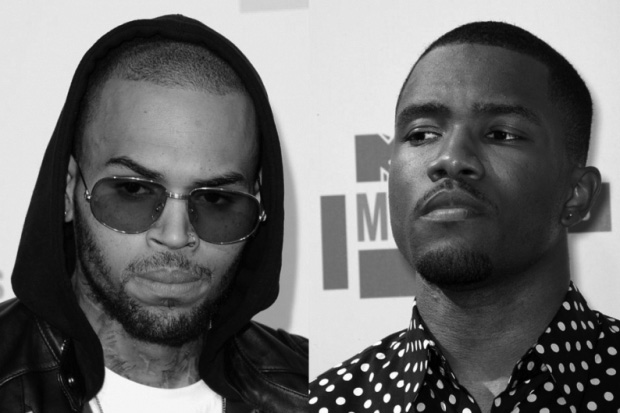New Orleans recording artist Frank Ocean changed the music industry with the release of his debut studio album, Channel Orange, in 2012.
The album, which is whimsical, carefree and nonconforming, shocked the music industry—specifically the R&B world.
Ocean was unlike anything seen before; he was eloquent in his transparency. Tracks like “Forest Gump,” where he sangs “you’re on my mind boy,” alluded to his homosexuality—something seldom found in the world of R&B (so openly, at least).
Despite being catapulted into stardom, winning a Grammy Award for “Best Urban Contemporary Album,” Ocean found a place of concealment—until Aug 20, 2016, the release date of Blond, his second, bombshell installment.
Blond is best described as a sonic photo album—offering odd anecdotal segments, transitions and supporting sounds that serve as snapshots speaking to a larger story.
A five-star effort, Blond draws on a number of musical mediums to narrate alongside Ocean’s passionate melodies. As with any thought-jerking, conceptual album, though, Ocean’s point isn’t clearly broadcasted; instead, Ocean makes his audience think about, reflect on and evaluate the intentions behind all the uncanny measures used.
Ocean’s open narrative, telling of unrequited, passionate love, begs further investigation—and fans delightfully play investigator, sorting through the track’s criminally good motifs.
“Nikes” offers a confused take away, even if the opening track’s name couldn’t be more recognizable. The track’s synthesized sounds provide an eerie, vague start to the work—a work which keeps this air until the closing notes of “Futura Free,” a brutally honest exclamation of life’s pitfalls and triumphs.
“Nikes,” trademarked by psychedelic drones and consistent drum beats, appears some sort of doorway into Ocean’s sung dialogue with listeners—a doorway cloaked in failure and hardship but holding growth and understanding within. Each track builds from the last, with layerings of Ocean’s pained voice atop a concoction of electronic beats and simple instruments.
Whether they serve as snippets of Ocean’s human experience or directly relevant introductions to the tracks that follow, listeners won’t ever be entirely sure. It’s a safe bet an artist like Ocean, who notoriously shades his personal life from media, does just that to gain control over his narrative. Ocean illuminates his experiences in this work, just as successfully as in Channel Orange, to ensure full range over his storytelling.
Ocean offers a number of spoken breaks throughout the work, too. Most notably in the monologue that comprises “Be Yourself,” a flattening in the record’s complex sound layering occurs—drawing intrigued ears in before the first pounding note of “Solo.”
This specific monologue, featuring a nasally, motherly voice sharing her concerns over her son’s “party life” temptations, again, seems far too intentional. It’s all speculation but, given Ocean’s recurring, drug-focused lyricism, it’s possible this could be his recounting of a conversation with his mother.
Followed by the repetition of anti-drug sentiments, referring to marijuana users as “weed heads,” the women’s commentary seems removed from the drug-focused prose Ocean often utilizes.
These portions’ ambiguities are a sure risk; they allow for open interpretation which, in turn, either establish immediate audience connection or a disconnect between Ocean’s experience and a contingent of listeners.
In his storytelling, Ocean draws in a slew of collaborations—some with A-listers, such as Beyoncé on “Pink + White” and Kendrick Lamar on “Skyline To,” and others with under-the-radar artists, such as KOHH on “Nikes” and Kim Burrell on “Godspeed.”
In all these artistic decisions and collaborations, listeners are left with a feeling of appreciation—for both Ocean’s artistry and honesty.
mcgurllt14@bonaventure.edu








